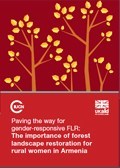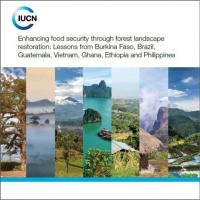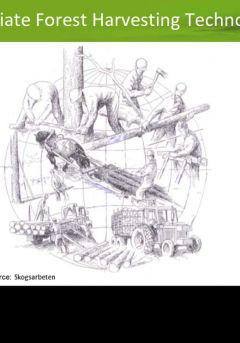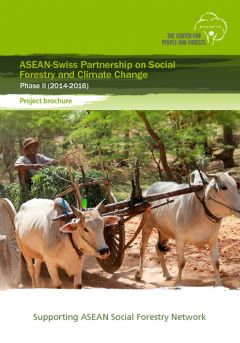Paving the way for gender-responsive FLR: The importance of forest landscape restoration for rural women in Armenia
In Armenia, the forestry sector and forest restoration policy development and decision making in natural resources management processes have been shaped as a result of women’s historical every day practices—which are also often drivers of deforestation and degradation—and yet women’s direct participation in these matters is frequently neglected. Forests in Armenia are state property and the management system is top-down, meaning that decisions are made at the government level and passed down through a hierarchy of power.






